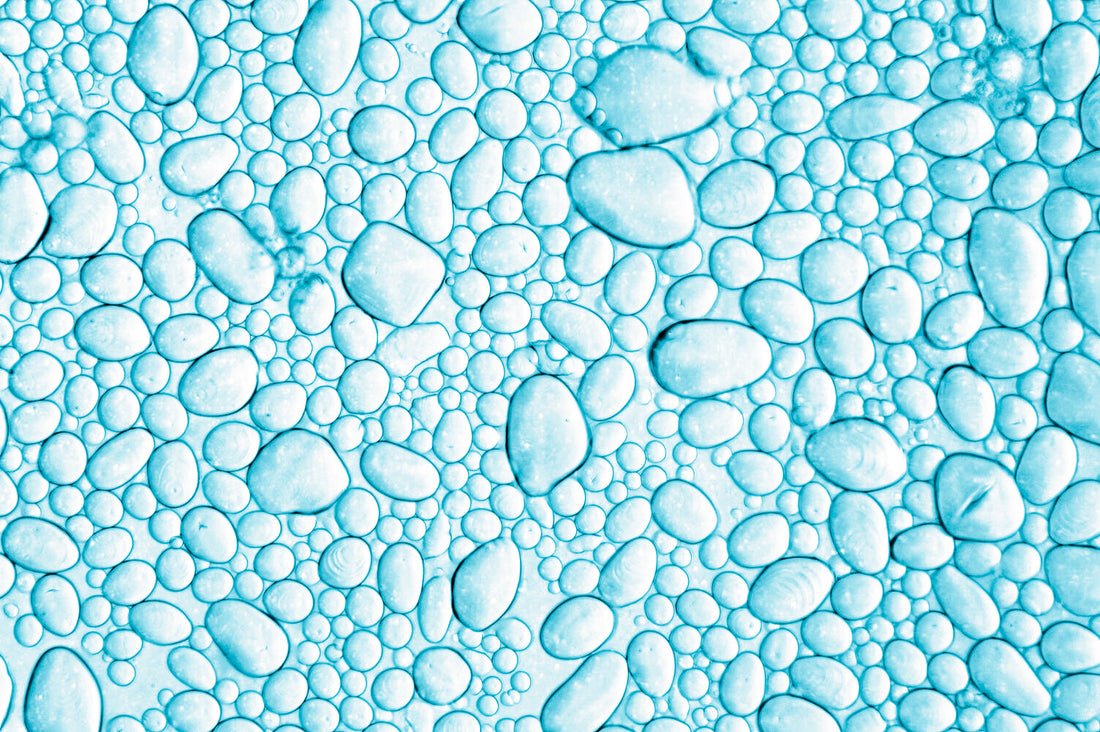
Starch: The Unsung Hero of Texture
Share
While gluten often steals the spotlight, starch plays a crucial, yet often overlooked, role in shaping your dough's texture. These tiny granules act like sponges, absorbing water and contributing to the dough's viscosity and cohesiveness. Let's uncover the secret life of starch and its impact on your baking.
Starch Granules and Water Absorption:
Starch granules are composed of amylose and amylopectin, two types of starch molecules. When hydrated, these granules swell, absorbing water and contributing to the dough's overall structure. The amount of water absorbed by starch granules can influence the dough's stickiness and how easily it rolls out.
Rolling and Starch Distribution:
Rolling can affect the distribution of starch granules within the dough. This, in turn, influences the final texture of the baked product. For example, evenly distributed starch granules can contribute to a more uniform crumb structure in bread.
Examples:
- Cake Batter: High in starch, resulting in a tender and moist crumb.
- Cookies: Contain a moderate amount of starch, contributing to a chewy texture.
- Bread Dough: Lower in starch compared to cake batter, resulting in a more substantial and chewy texture.
Why the Rolling Pin Matters:
Achieving optimal starch distribution requires precision and consistency, which is why the Rolling Wonder rolling pin is an indispensable tool for bakers. Its superior design helps ensure that dough is evenly rolled, which aids in the uniform distribution of starch granules. Whether you’re working with high-starch cake batter or a lower-starch bread dough, the Rolling Wonder helps you control the texture by promoting even rolling and preventing inconsistencies that could affect starch distribution and hydration.
Summary:
Starch, composed of amylose and amylopectin, plays a vital role in determining the texture of baked goods. When hydrated, starch granules swell and absorb water, influencing the dough's viscosity and cohesiveness. The distribution of starch granules, which can be affected by rolling, also impacts the final texture of the product. As seen in the examples of cake batter, cookies, and bread dough, the amount and distribution of starch contribute to the unique textures of each item. Understanding the role of starch in baking can help you better control and predict the outcome of your recipes, allowing you to create an array of textures from tender and moist to chewy and substantial.
References:
Goesaert, H., Slade, L., Levine, H., & Delcour, J. A. (2005). Amylopectin and breadmaking quality. Journal of Cereal Science.
Blazek, J., & Gilbert, E. P. (2011). Application of small-angle X-ray and neutron scattering techniques to the characterisation of starch structure: A review. Carbohydrate Polymers.